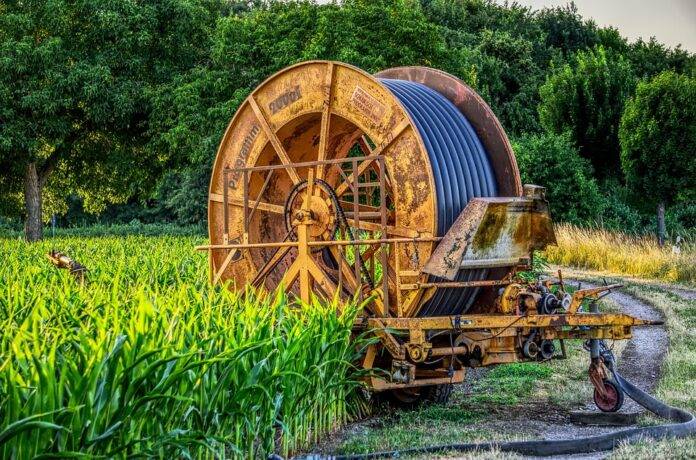Introduction
Water use efficiency and uniformity in sprinkler systems play a crucial role in maximizing the effectiveness of irrigation while minimizing water waste. This report will delve into the importance of water use efficiency in sprinkler systems, explore ways to improve uniformity, and provide insights into industry trends and companies leading the way in this field.
The Importance of Water Use Efficiency in Sprinkler Systems
Efficient Water Use for Agricultural Sustainability
Water is a finite resource, and efficient water use is essential for sustainable agriculture. Sprinkler systems are commonly used for irrigation in agricultural fields, but if not managed well, they can lead to water wastage. Improving water use efficiency in sprinkler systems not only conserves water but also reduces energy costs associated with pumping and distribution.
Environmental Impact
Inefficient sprinkler systems can lead to overwatering, which can cause waterlogging, nutrient leaching, and soil erosion. This not only affects crop yields but also has negative environmental consequences. By improving water use efficiency and uniformity in sprinkler systems, farmers can reduce their environmental footprint and contribute to a more sustainable future.
Ways to Improve Water Use Efficiency and Uniformity
Proper System Design
One of the key factors in achieving water use efficiency and uniformity in sprinkler systems is proper system design. This includes selecting the right type of sprinklers, spacing them appropriately, and ensuring that they are properly calibrated. By designing the system to match the specific needs of the crop and field, farmers can optimize water distribution and minimize waste.
Regular Maintenance and Monitoring
Regular maintenance and monitoring are essential for ensuring the optimal performance of sprinkler systems. This includes checking for leaks, adjusting sprinkler heads, and monitoring water pressure and flow rates. By staying on top of maintenance tasks, farmers can prevent water loss due to system malfunctions and ensure that water is being distributed evenly across the field.
Use of Technology
Advancements in irrigation technology have made it easier for farmers to improve water use efficiency and uniformity in sprinkler systems. Smart irrigation controllers, soil moisture sensors, and weather data integration tools can help farmers make data-driven decisions about when and how much to water. By harnessing the power of technology, farmers can optimize water use and reduce waste.
Industry Insights and Leading Companies
Industry Trends
The irrigation industry is constantly evolving, with a growing focus on sustainability and water conservation. More and more farmers are adopting precision irrigation techniques to improve water use efficiency and reduce their environmental impact. This trend is expected to continue as water scarcity becomes an increasingly pressing issue.
Leading Companies in Water Use Efficiency
Several companies are at the forefront of developing innovative solutions for improving water use efficiency in sprinkler systems. Companies like Netafim, Jain Irrigation Systems, and Lindsay Corporation are known for their advanced irrigation technologies that help farmers optimize water use and maximize crop yields. These companies are driving the industry forward and setting the standard for water-efficient irrigation practices.
Conclusion
Water use efficiency and uniformity in sprinkler systems are essential for sustainable agriculture and environmental conservation. By following best practices in system design, maintenance, and technology adoption, farmers can improve water use efficiency, reduce waste, and enhance crop productivity. Industry leaders are paving the way with innovative solutions that prioritize water conservation and sustainability. As the irrigation industry continues to evolve, the importance of water use efficiency in sprinkler systems will only grow, making it a key focus for farmers looking to optimize their irrigation practices.




